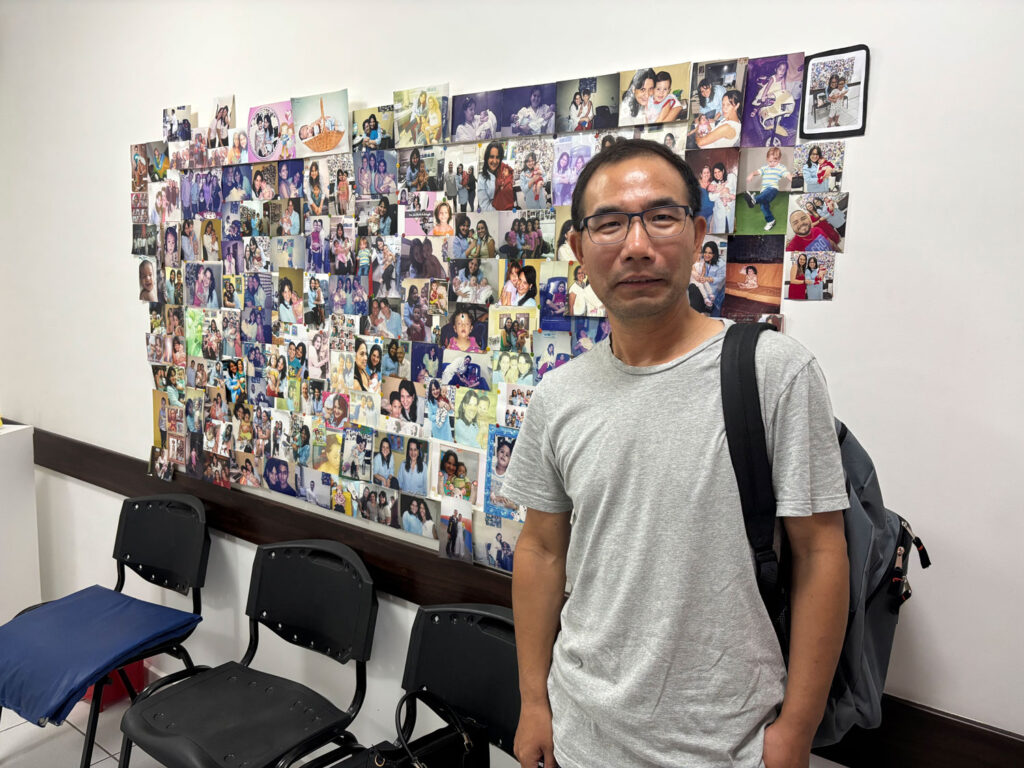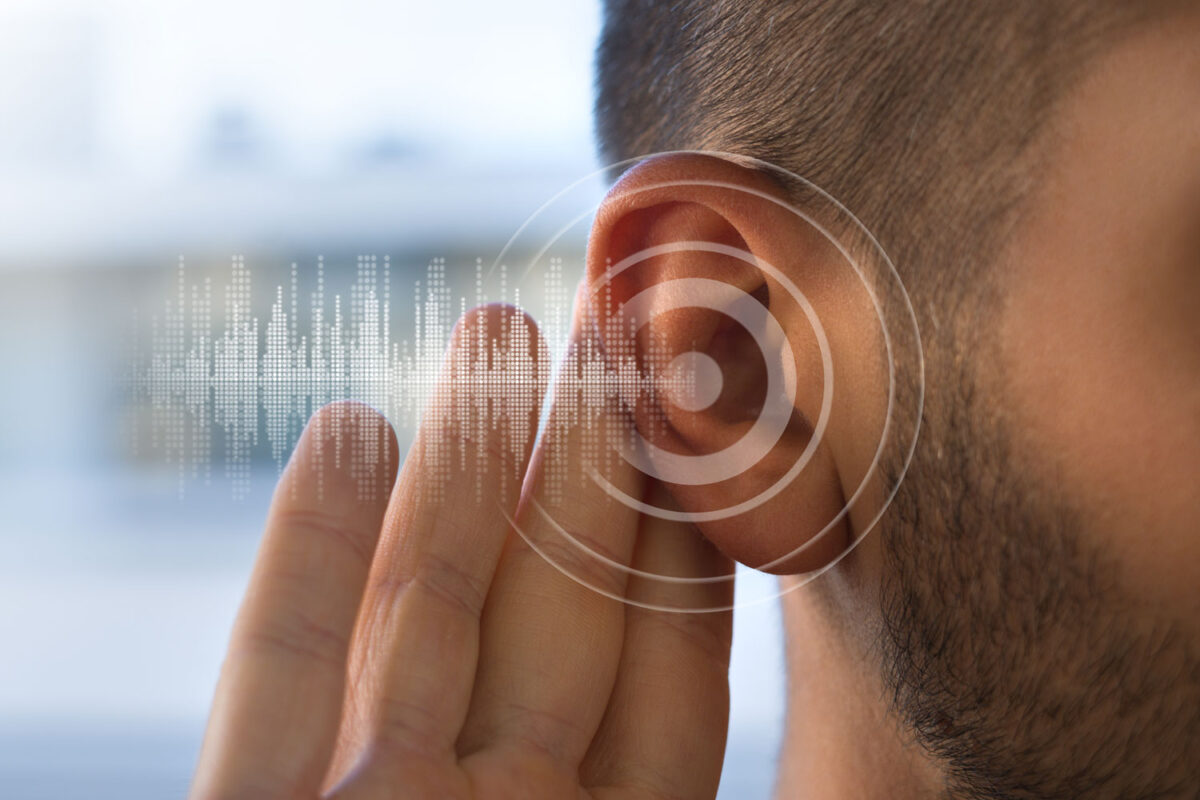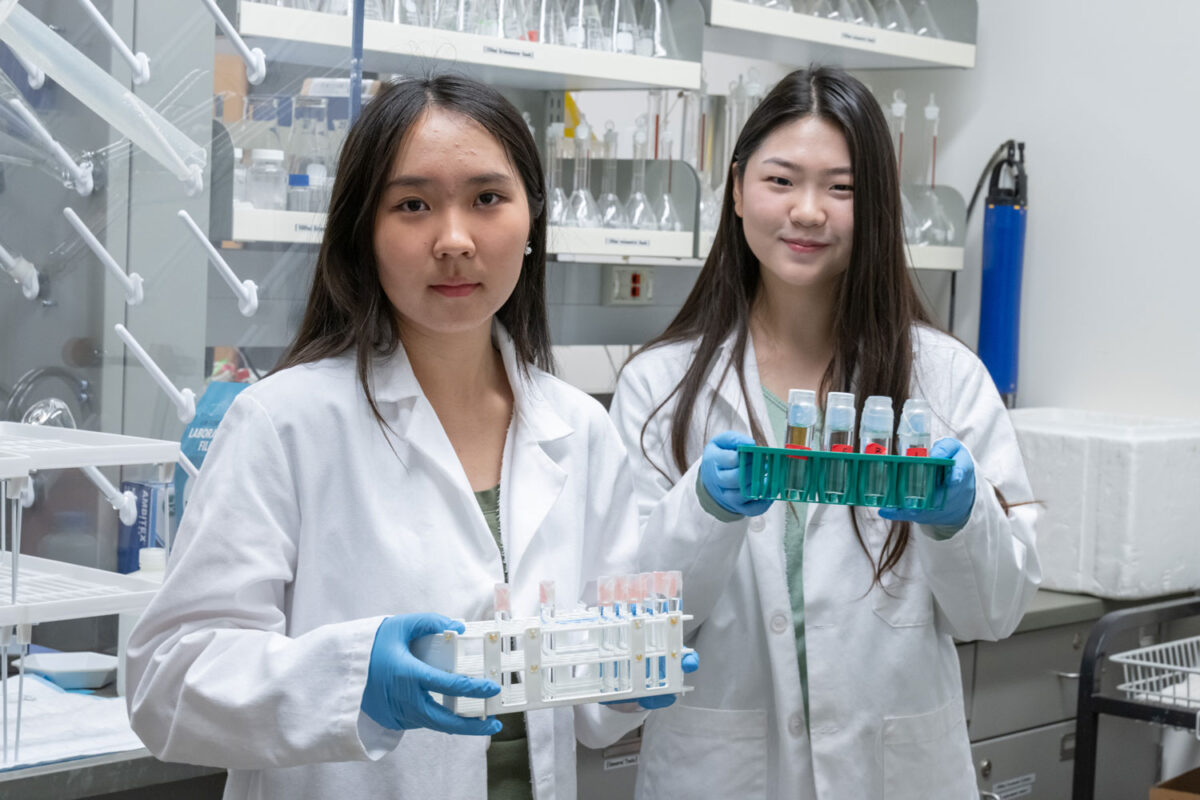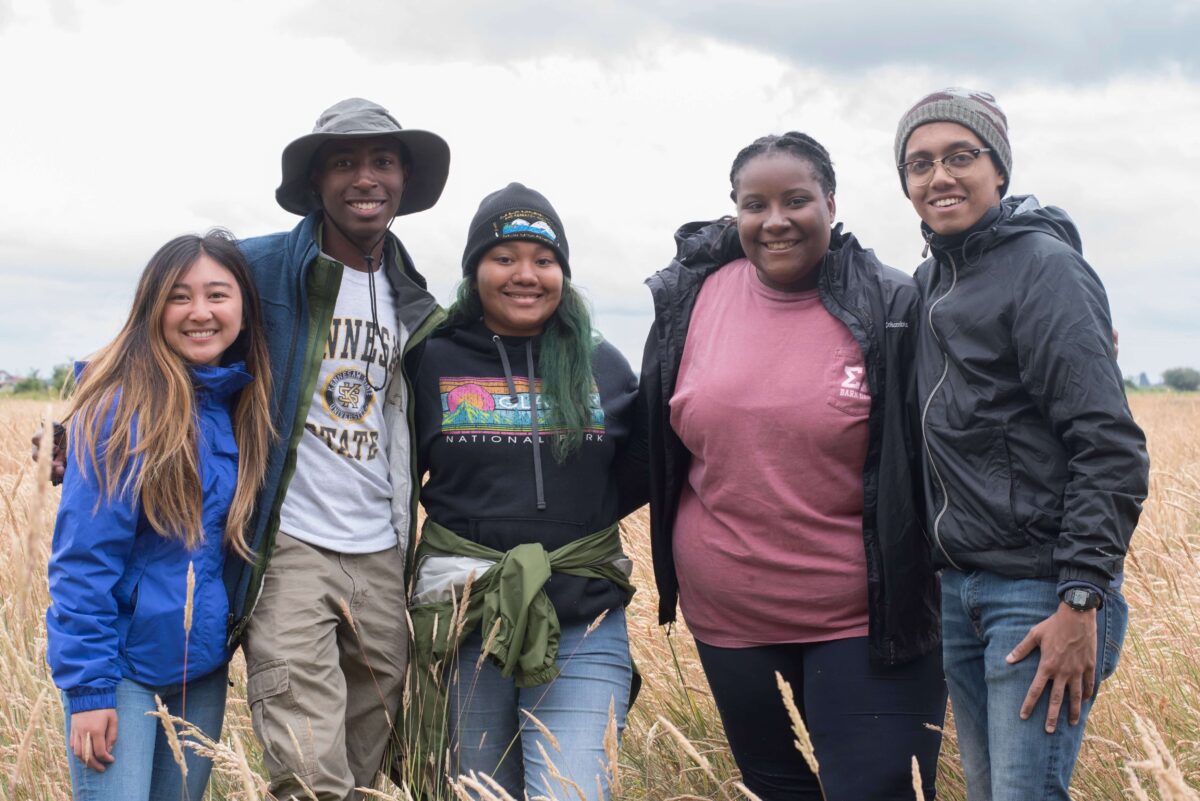Hearing loss is the third most common chronic physical condition in the U.S. — twice as prevalent as diabetes or cancer, according to the Centers for Disease Control and Prevention. It’s also associated with other conditions, and in older adults, it can cause a rapid cognitive decline and diminished quality of life.
Both social stigma or a lack of access to care can prevent people from getting tested for hearing impairments. The expensive equipment needed to test hearing, for example, isn’t available in many rural communities or poorer nations.
This health issue is only expected to grow — with nearly 2.5 billion people projected to have some degree of hearing loss by 2050, according to the World Health Organization.
Dr. Kaibao Nie hopes to improve testing access through Aud•It, his latest research project. A game-based automated hearing testing app, Aud•It makes screening available in the palm of your hand. Test results of the app were recently published in the journal Speech, Language and Hearing: “Feasibility and accuracy of a game-based automated audiometric application (Aud•It) for testing the hearing sensitivity of children and adults.”
Pursuing a passion for biomedical innovation
An associate teaching professor in the University of Washington Bothell’s School of STEM, Nie has a background in biomedical engineering and focused his doctorate on improving people’s hearing with cochlear implants in China during the ’90s.
“My father was a doctor, and I saw people having different struggles that they needed treatment for, and that really got me interested in the medical field,” he said. “For older generations, in particular, I really wanted to help them do better in terms of understanding speech and became interested in how these devices can really improve their lives.”
Nie came to the U.S. to continue his post-doctoral research at the University of California, Irvine. He then gained industry experience developing signal algorithms for hearing aids before returning to academia in 2005 when he joined the faculty at the UW. In addition to his position at UW Bothell, Nie is an adjunct associate teaching professor in the UW’s Department of Electrical & Computer Engineering and is an affiliate member of the Virginia Merrill Bloedel Hearing Research Center in Seattle.
While most of his work has been focused on creating and advancing hearing devices, Nie also became interested in testing devices while working with King Chung, now an audiology professor at Mass General Hospital Institute of Health Professions in Boston. Together, they hoped to create a new way of screening for hearing impairments.
The pair secured funding for the Aud•It app through the Community Health Endowment at Northern Illinois University, where Chung taught at the time. Then, they recruited a student intern to handle the technical aspects of building the app.
Taking a game-based approach
A UW Bothell alumnus, Xavier Chan graduated in 2016 with a bachelor’s in Computer Engineering. He was a student of Nie’s when Nie first offered him an internship on the project. Chan served as the software development engineer for the project — responsible for building the iOS app and working on both the software architecture and implementation.
“It was my first project outside of coursework, and it was a significant milestone for my career. It greatly expanded my technical expertise and taught me how to quickly learn and adapt to new technology stacks.”
Xavier Chan, Computer Science & Software Engineering ’16
“This app is innovative in that we developed it to be more interactive than a traditional hearing test, which is kind of boring,” Nie said. “As this app is intended for all ages, we wanted to make it more fun and engaging for both children and adults.”
A traditional hearing test typically involves a series of beeps and prompts for users to raise their hand to indicate they’ve heard a beep. Aud•It uses a variety of sounds and shapes to gamify the experience.
“I was drawn to the opportunity to work on technology that could directly help people with hearing assessment and audiology testing,” Chan said. “It was my first project outside of coursework, and it was a significant milestone for my career. It greatly expanded my technical expertise and taught me how to quickly learn and adapt to new technology stacks.
“This valuable experience also motivated me to pursue graduate studies,” he said, “and strengthened my application to the National University of Singapore for my master’s degree.”

Road testing the app
After finishing with the app, researchers Nie and Chung moved into the testing phase. They teamed up with other researchers in Hong Kong to conduct a field study, which was supported by the University of Hong Kong under the Seed Grant for Basic Research. They then recruited a total of 131 participants, between the ages of 3 and 82, and compared Aud•It results against the standard audiological test.
“I’d say it was very successful,” Nie said. “We found the testing results to be very consistent and in good agreement with the standard test, and we received positive feedback from the subjects that the game-based approach felt more intuitive.”
Clinical trials for the app are still underway in several countries, including the U.S., Sri Lanka, Taiwan and Brazil. The app currently has to be administered by a professional audiologist, but Nie and his team hope that it will soon be available for public download.
“Our goal is to make this available for screening in the general public, particularly in those underserved countries and communities that can’t afford expensive testing equipment or lack access to health care,” Nie said.
To someday provide testing for children in schools, the team is also currently developing the app on Android phones and tablets in collaboration with researchers in Brazil.
Lending an ear
While successful testing and improved access are rewarding in their own right, Nie said it’s the end result of how biomedical engineering can help people that he finds especially gratifying.
In his work with cochlear implants, he’s seen firsthand how the technology has benefited users. He recalls one little girl in particular whom he witnessed receiving the implant — and how her mother cried when the device was first turned on, and her daughter could hear again.
“I really like helping people improve their lives,” Nie said. “I’ve enjoyed this work, and I’m excited to see the impact this app can have after it’s ready for the public.”



